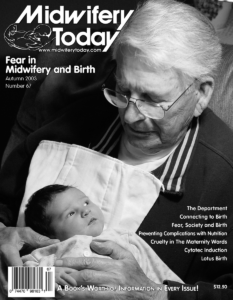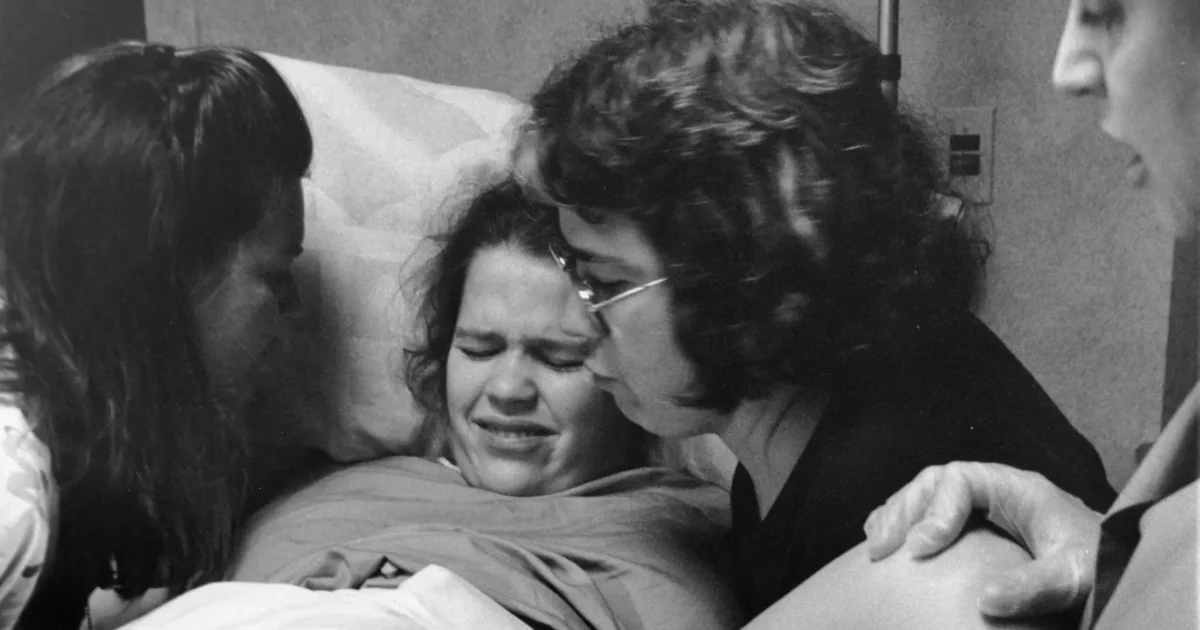
Photo by cheng feng
Lotus Birth: A Ritual For Our Times
Lotus birth is the practice of leaving the umbilical cord uncut, so that the baby remains attached to his or her placenta until the cord naturally separates at the umbilicus—exactly as a cut cord does—at 3 to 10 days after birth. This prolonged contact can be seen as a time of transition, allowing the baby to slowly and gently let go of his or her attachment to the mother’s body.

































